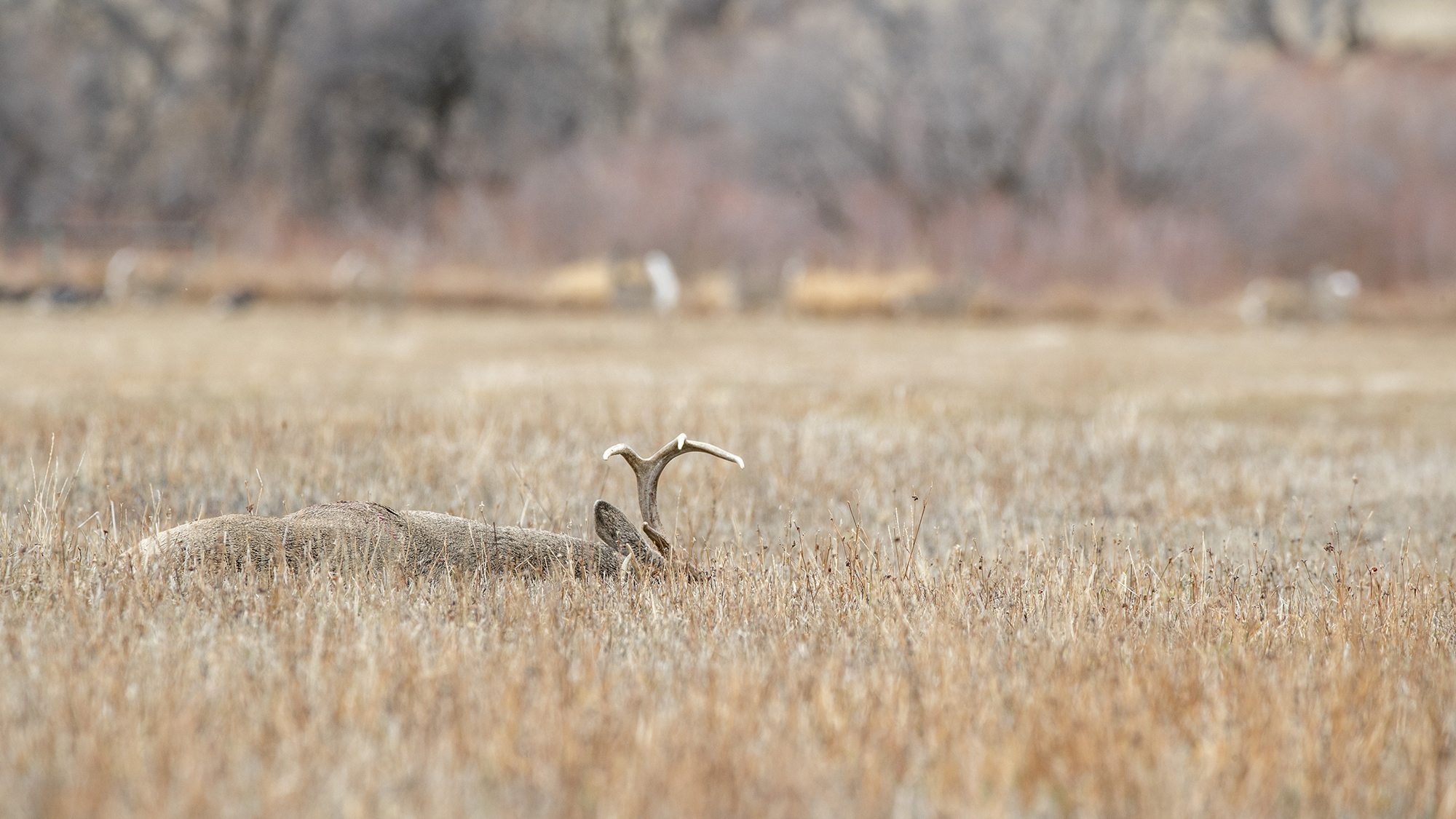ONE OF THE most unsettling perspectives on hunting that I’ve read in a long time was published in Bon Appétit, of all places, under the headline “I Eat Meat. Why Was Killing My Own Food So Hard?” The article follows a modern and trendy storyline: A well-meaning person (usually from a city) wants to try hunting because it’s more sustainable than buying factory-farmed meat and because it feels more ethical than having an unknown slaughterer do the killing for them. In social circles that value “knowing where your food comes from,” hunting and butchering your own meat can seem like the gold standard.
In general, I love this storyline. I see it as a way to build bridges between hunters and nonhunters, city folks and country folks, and hell, maybe even liberals and conservatives. The Bon Appétit story hits on all these themes, albeit a bit clumsily, but then the narrative comes down to the killing part of the hunt and things go spiraling out of control. Here’s an excerpt from the story, in which the author is about to take a rifle shot on a cow elk, the first animal she’s ever killed:
“There are so many elk but only one standing apart. A clean, clear shot. Tripod set, muzzle pointed, camouflaged finger extended, safety unlocked. She’s in my crosshairs, crystal clear, but my thoughts are not. Take the shot, Jen mouths. I can’t. Not because my hands are shaking. They’re not shaking.
“I think about the randomness of death, of who dies from COVID or a car crash, at a concert, in a classroom. Hunting, I know, isn’t the same as such atrocities. Yet I couldn’t help but, if only for a second, see a parallel. Americans. Elk. Going so achingly innocently about their day.”
This scene is playing out during a mentored hunt on the Vermejo Ranch (a high-dollar hunting outfit in New Mexico). The author goes on to describe her last real chance to kill an elk:
“I think about tomorrow’s forecasted bone-chilling blizzard and how, if I’m doing this, I’m doing it today, and drinking an old-fashioned or two tonight. Whenever you’re ready, whispers Jen. I’ll never be ready. So I shut down and just do it. Shock, adrenaline, shame. I bury my face.
“Until I force myself to look up. The herd has bolted at the sound of the gun, leaving my elk standing alone. And me, horrified, confused. You shot her in the liver, Aly says. She doesn’t feel pain, just a little sick.
“The second shot is harder because it’s quartering away, because I don’t want to shoot anything ever again. I squeeze. She drops. I sob like a sudden widow, like someone I don’t want to be.”
I first read this story just as my own hunting season was getting started. Over the next few months I killed quite a few critters and every once in a while I’d think about these lines. What stuck with me, like a festering infection, was that through the help of her mentors on this private ranch, the author had been gifted the life of an elk, and she decided to take it begrudgingly, shamefully. Then the author shared that experience with a large, nonhunting audience. The storyline I once loved backfired. Bridges set ablaze.
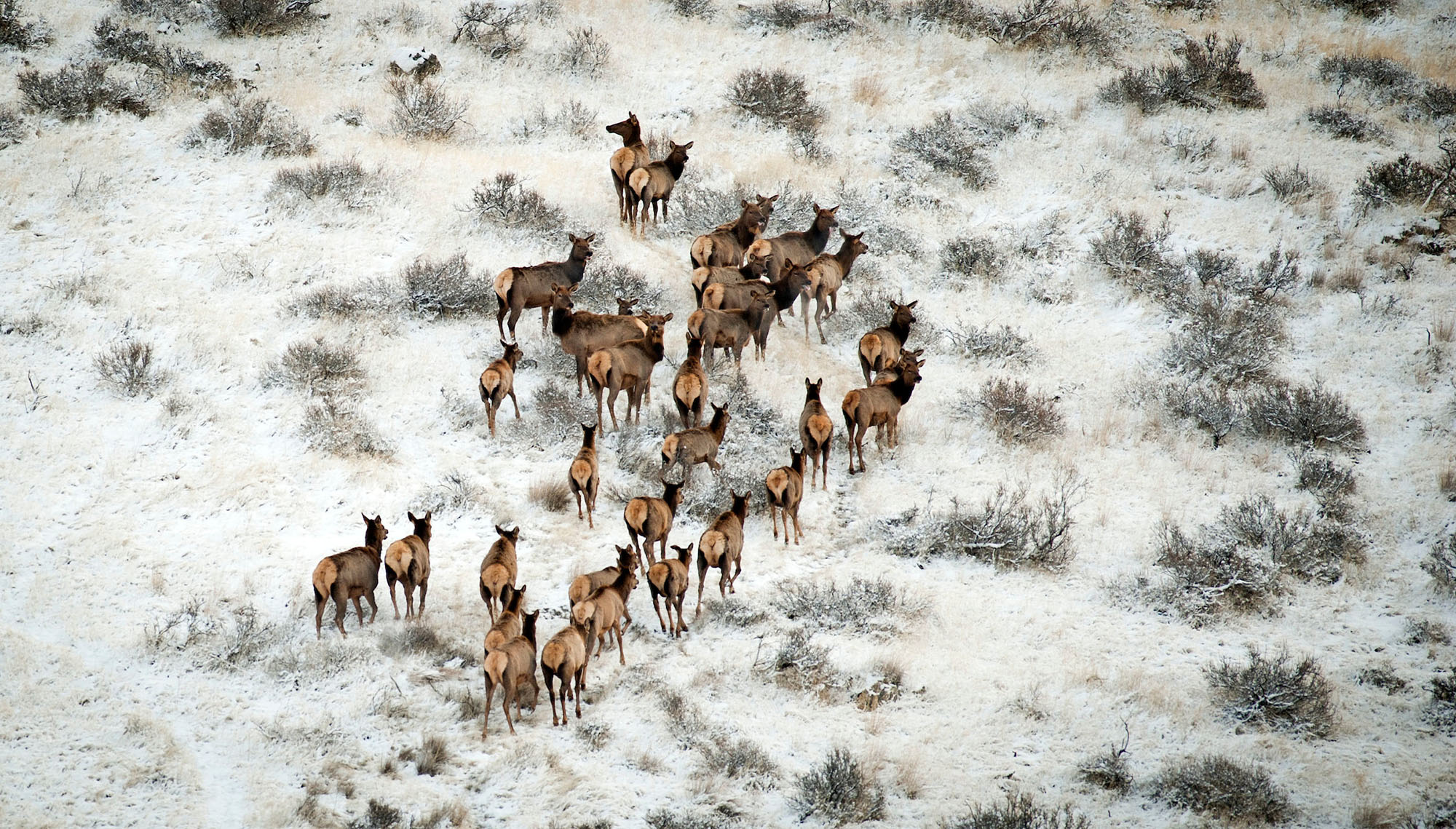
As the editors of Outdoor Life—and many hunting organizations around the country—continue to work to recruit and mentor new hunters, it occurs to me that we should start talking more openly about the killing part of the hunt. Clearly it’s still being misunderstood, even by those who think they might want to join our ranks as hunters.
Savvy hunters generally do a good job of talking about the conservation principles behind hunting, the benefits of wild game, and the ethics of making a clean killing shot. But maybe we should also be talking about what it means to kill. And we should certainly be asking our new hunters in training: How do you feel about killing an animal?
Hunting Is About Killing
Many experienced hunters tend to gloss over the killing part. We all know that it’s proper to say that hunting is about communing with nature, or spending time outdoors with loved ones, or procuring nutritious meat for our family. What’s more, we tend to describe killing an animal as “harvesting” a deer or “tagging” a buck (you will find that language used in this publication and every other hunting publication out there).
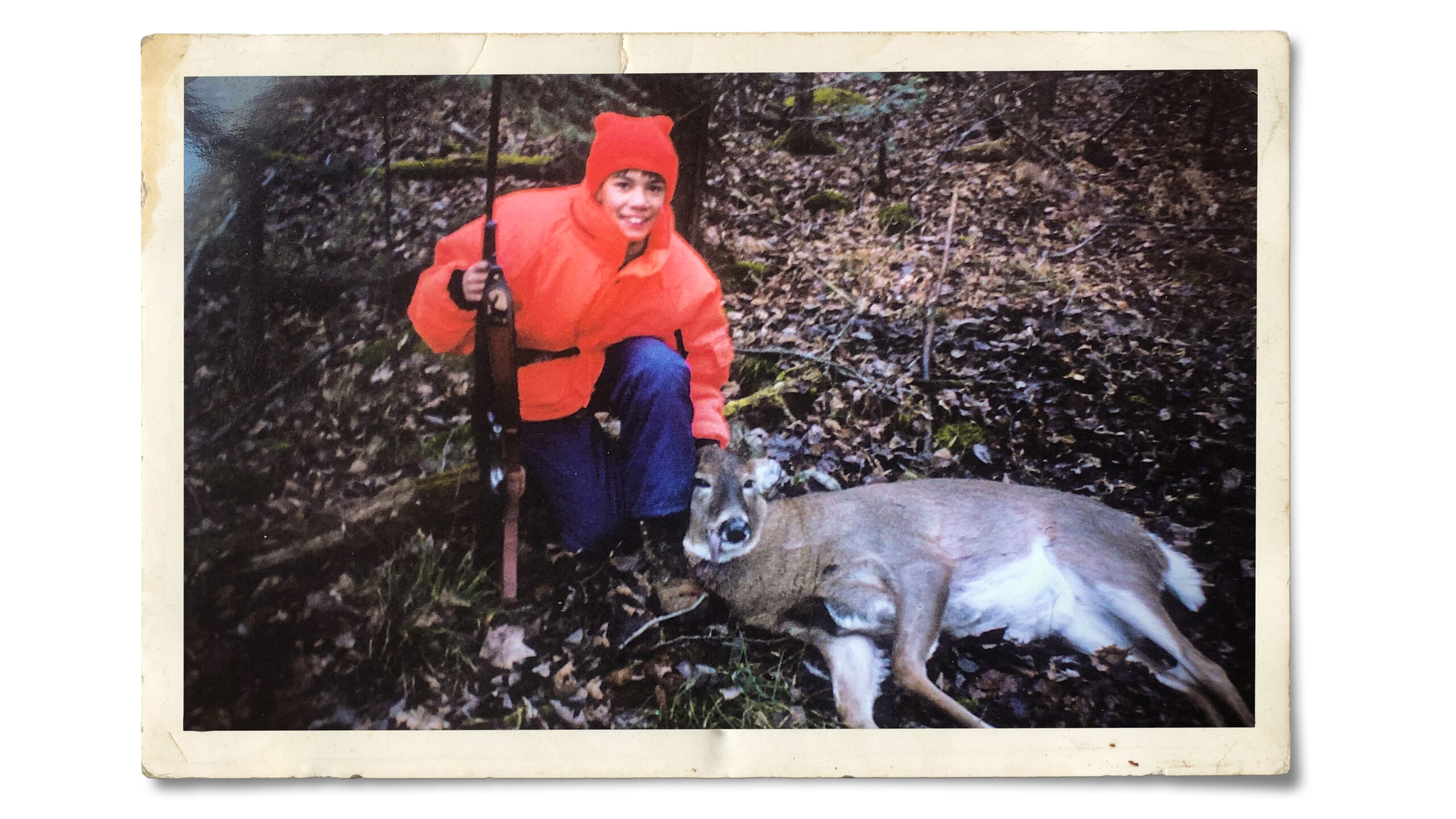
This is all because we don’t want to glorify the killing part. None of us would want to share a camp with someone who says they hunt only so that they can kill as frequently as possible.
José Ortega y Gasset, the highly regarded Spanish philosopher who wrote the classic Meditations on Hunting, put it this way: “One does not hunt in order to kill; on the contrary, one kills in order to have hunted.”
That’s a good and true sentiment, and this is a line that gets quoted a lot. But without diving deeper, this way of thinking can make the killing part seem like an afterthought. In reality, the act of killing the animal, and those moments right after, are often the most emotional, meaningful, and complicated aspects of the hunt. A modern American adult living in a city might never have witnessed, or participated in, the killing of an animal before. This fact should not be underestimated.
It all gets thornier when even the most experienced hunters all feel a little differently about the killing part. Sentiments about killing change from hunt to hunt, animal to animal.
Years ago I was on my first moose hunt in British Columbia, well after the rut was over. Our only hope of taking a bull was by snow-tracking one through the timber. One gloomy morning, I was following my guide who was in turn following a set of fresh moose tracks through a little pine thicket. Just at the edge of the thicket he excitedly waved me forward and there, not 40 yards away, stood a gigantic bull. I threw the rifle up and shot him twice, and then watched him crash seconds later. My guide whooped loudly, slapped me on the back and ran up to the bull, which was still breathing its final ragged breaths. I had shot lots of deer and even elk before this, but the pure massiveness of the bull on the ground before me was a shock. The feeling was heavy, as if I had just killed something prehistoric.
Right away the guide wanted to prop up the bull’s rack in order to admire it, but I stopped him short, saying, “Let’s just give him a minute.”
The guide gave me a kind of curious smile and a nod. I suspect he thought I was worried about the bull springing up in his death throes to gore us. But that wasn’t it. I wanted to hang back so the bull wouldn’t see us. I hoped that he would die in peace, alone in his forest; not in terror, with some strange two-legged creature looming over him.
That’s a melancholy little story to share with someone who is just learning how to hunt. But it’s also the type of thing new hunters might want to hear about before it’s their turn on the gun.
It’s OK (Not) to Cry
Here’s the other tricky thing to talk about: Most of the time, shooting game is fun. Any waterfowler who has shot ducks over decoys understands the beauty in dropping a bird from the sky. Any archer who has killed a deer with a bow knows there is something aesthetically pleasing in releasing an arrow and watching it disappear perfectly into its target. And any rifleman delights in the process of perfectly executing a shot on an animal from a distant range.
Then there’s the adrenaline rush. Without the killing part, there is no rush. It comes before the moment for some of us, after for others. It can feel like raging, uncontrollable panic or just a momentary quickening of the heart. Outside of hunting, it’s difficult to replicate this same intense feeling of aliveness in modern life. Experienced hunters seek out this feeling. Brand-new hunters will likely be shocked by it, especially if it isn’t addressed well before the hunt.
I think in our age of hunting social media and all the virtue signaling that goes with it, there’s sometimes too much emphasis on the sadness that comes with killing a game animal. It’s as if the very public and overwrought reverence for the death of the animal somehow makes the hunter who killed the critter more virtuous. OL staff writer Tyler Freel wrote about this years ago, when he noticed many hunters quit smiling in their photos and instead posed looking crestfallen with the animal they’d killed.
Plus, if we say that we hunt as a way to be closer to nature, then this kind of behavior—remorse over the natural order of things—is leading us in the wrong direction.
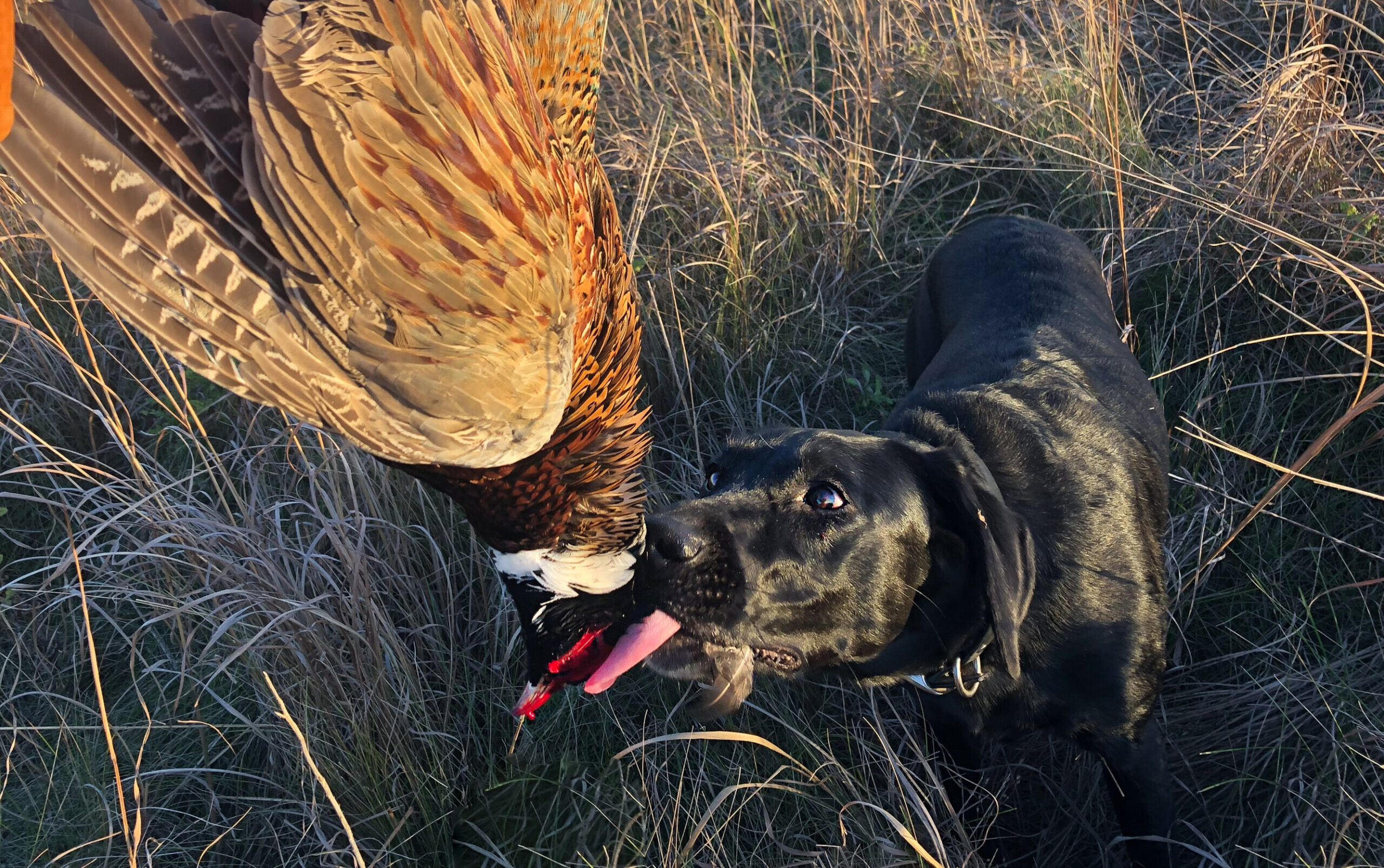
Take for example, any typical hunt with my highly driven bird dog, Otis. When ol’ Otie dog smells a rooster, everything about her changes. Her ears perk forward, her body slinks lower to the ground, her nose sweeps frantically side to side. She is no longer a timid Labrador prone to snuggling on the couch. She has transformed into a predator. The rooster running through the grass in front of her wants only to escape, to survive. But just as badly as that rooster wants to live, Otis wants to catch it. When that rooster finally flushes and I shoot it (Lord, please don’t let me miss) there is no sadness in Otie’s retrieve. She hunts with all the joy and tenacity of a wolf.
To me, that is the representation of modern hunting in its purest form. My dog does not hunt because she has to: She’ll get a full bowl of food and a warm couch to sleep on even if the rooster gets away. She hunts because it’s her true instinct. If she didn’t hunt, she wouldn’t be a dog, or at least, not really. That’s the way it is for many of us human hunters as well. We strive for those moments where our natural hunting instincts take over.
Cynics might argue that we shouldn’t indulge in these primal instincts. Our modern society has evolved so that we can leave these unpleasantries behind. That leads us down a fraught philosophical road I’d rather not travel. But I will say this: I’ve never felt healthier, more present, or more focused than I have when my hunting instincts take over. Perhaps a few of the millions of modern Americans who are suffering from depression or anxiety might benefit from a similar experience?
We should never apologize for the joy we find in hunting or try to disguise it with a mournful photo and social media caption if that’s not how we really feel.
It’s true that taking an animal’s life should always be done thoughtfully. But it’s possible to be thoughtful and joyful at the same time. For the modern American (who is not hunting because their life depends on it), hunting, in all its elements, should be fun. In fact, I’d go so far as to say that if the killing part doesn’t bring you some measure of enjoyment, fulfillment, or excitement, then perhaps you should not be a hunter.
When Not to Pull the Trigger
I wish I had been there at the Vermejo Ranch to tell that Bon Appétit writer: It’s OK. You don’t have to kill this elk. Maybe just tag along for someone else’s hunt. Simply witness the killing part first.
Some new hunters won’t know if they actually want to kill an animal until the moment of truth. When that moment arrives, some should be encouraged to not pull the trigger. Other hunters won’t know how they feel about any of it until they actually kill the critter. Many of them won’t come back again next season, and that’s OK.
I think the guidelines are pretty simple: There is no virtue in proving that you can kill. There is no real reason to justify eating meat. If the burden of killing is so great, then do not kill. Not all of us must be hunters.
Killing and butchering your own food might make you feel more in touch with nature, but it won’t bring you epiphanies on COVID-19 deaths or mass shootings. At the very most, it might teach you a little about the reality of life-and-death in the wild and your own place in that relationship. That’s exactly what some aspiring hunters are searching for, but with others, it could be more than they bargained for.
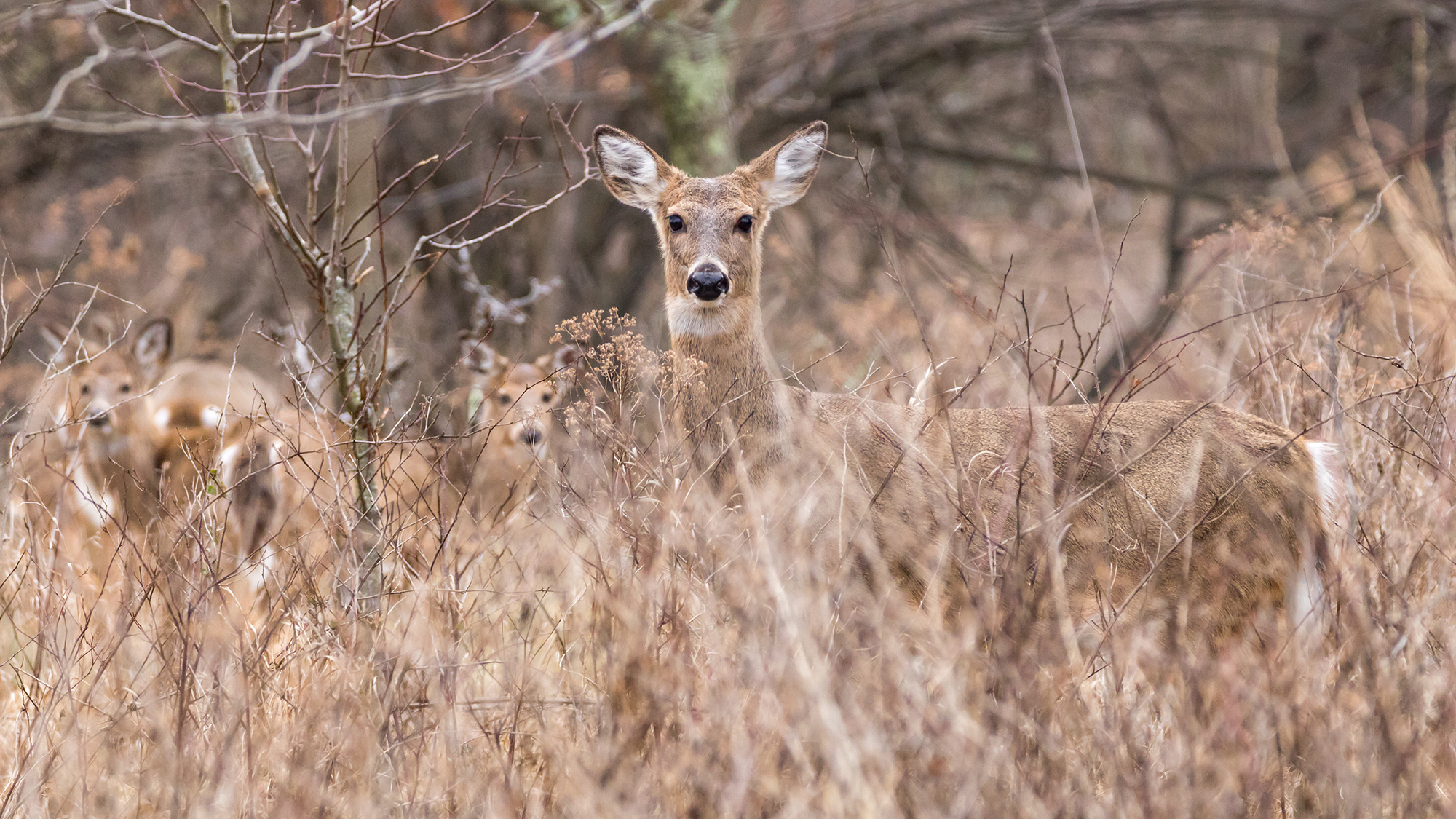
I think this is also why some older hunters in their final years tend to be a lot more selective about the animals they shoot, or they just decide to hang it up altogether. After a lifetime of punched tags and full freezers, some aging hunters simply don’t have the heart for the killing part anymore.
A few seasons ago, I was at a deer camp in Kansas and the hunting was slow. A buddy and I decided to shoot some does if we got the chance so we’d at least have venison in camp. But when a big doe and her fawn walked into a shooting lane, one of the guides stopped my friend as he raised his gun. The guide pleaded, with surprising urgency, for him to spare the mother deer. So of course, my buddy didn’t shoot and both deer walked. We came to learn that the guide had a terminal illness and that this hunting season would likely be his last. With his own death so near, the killing part of hunting had become all too final.
Ortega y Gasset also wrote this: “Every good hunter is uneasy in the depths of his conscience…. He does not have the final and firm conviction that his conduct is correct. But neither…is he certain of the opposite….”
If or when that uneasiness becomes overwhelming, it’s time to put down the rifle.
Read more OL+ stories.
